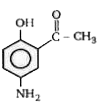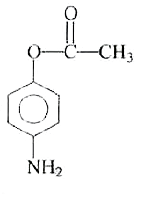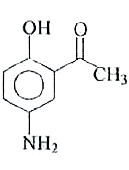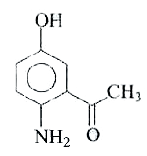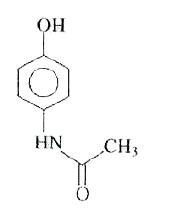A
B
C
D
Text Solution
AI Generated Solution
The correct Answer is:
|
Topper's Solved these Questions
REDUCTION AND OXIDATION REACTION OF ORGANIC COMPOUNDS
CENGAGE CHEMISTRY ENGLISH|Exercise SUBJECTIVE TYPE|4 VideosView PlaylistREDUCTION AND OXIDATION REACTION OF ORGANIC COMPOUNDS
CENGAGE CHEMISTRY ENGLISH|Exercise Exercise (Assertion And Reasoning)|10 VideosView PlaylistQUALITATIVE INORGANIC SALT ANALYSIS
CENGAGE CHEMISTRY ENGLISH|Exercise Viva Voce Questions And Part-C (Analysis Of Cations)|42 VideosView PlaylistSOLID STATE
CENGAGE CHEMISTRY ENGLISH|Exercise Ex 1.2 (Objective)|9 VideosView Playlist
Similar Questions
Explore conceptually related problems
Knowledge Check
A
B
C
D
Submit
A
B
C
D
Submit
Similar Questions
Explore conceptually related problems
CENGAGE CHEMISTRY ENGLISH-REDUCTION AND OXIDATION REACTION OF ORGANIC COMPOUNDS-Exercise Archives (Subjective)
- The compound that will not give iodoform on treatment with alkali and ...
04:42
|
Play - Which of the following compounds is oxidised to prepare methyl ethyl k...
02:33
|
Play - Hydrogenation of benzoyl chloride in the presence of Pd on BaSO4 gives
01:26
|
Playing Now - The appropriate reagent for the following transformation is
03:27
|
Play - Which one of the following will most readily be dehydrated in acidic c...
03:54
|
Play - 1-Propanol and 2- propanol can be distinguished by:
03:14
|
Play - Compound (X) with molecular formula C(3)H(8)O is treated with acidifie...
05:06
|
Play - PhC-=CMeoverset(Hg^(2+)+H^(o+))to(A). The compound (A) is:
02:42
|
Play - The products of acid hydrolysis of P and Q can be distinguished by
04:22
|
Play - How will you convert butan -2-one to propanoic acid ?
02:58
|
Play - Which of the following compound will give a yellow precipitate with io...
05:17
|
Play - Under Wolff-Kishner reduction conditions, the conversion which may be ...
03:31
|
Play - Fehling's solution 'A' consists of an aqueous solution of copper sulph...
02:01
|
Play - The yield of ketone is oxidised is more than the yield of aldeyde whe...
02:37
|
Play - Statement-1: Acetic acid does not undergo haloform test. and State...
04:21
|
Play - Give a chemical test to distinguish between methanol and ethanol.
01:52
|
Play - Answer the following with suitable equation wherever necessary : Sug...
05:00
|
Play - A ketone [A] which undergoes haloform reactions gives compound [B] on ...
05:06
|
Play - Give reasons: iodoform is obtained by the reaction of acetone with h...
04:28
|
Play - When t-butanol and n-butanol are separately treated with a few drops o...
03:14
|
Play

